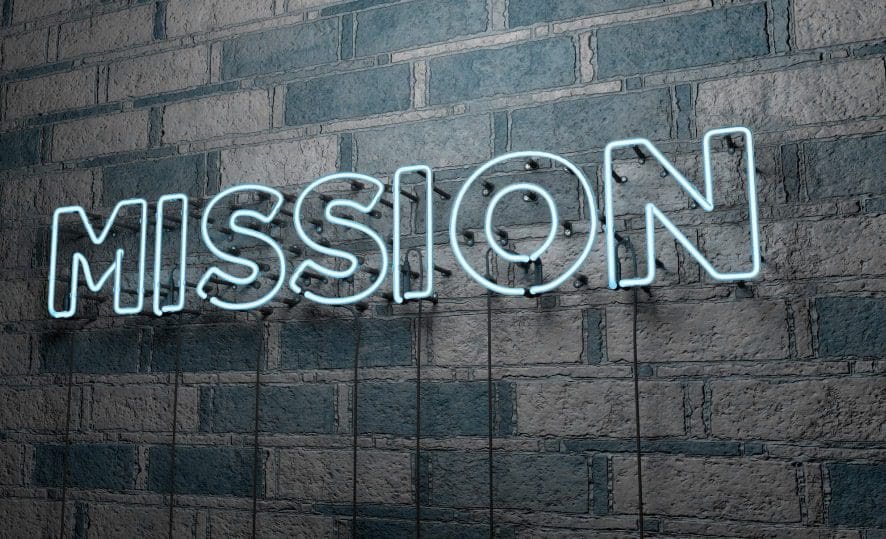The restaurant industry may be in trouble beginning this year.

Many minimum wage hikes will go into effect this year. According to Rich Duprey of the financial website The Motley Fool, 24 states and the District of Columbia are set to increase their base wage rates in 2020. There is a generally held view that restaurants will be entering a recession sometime later this year. Although higher prices and better product mix have kept sales going at restaurants, lower guest traffic has concerned observers.
Add in these new minimum wage hikes, and restaurants could be in for some more problems. Data from the restaurant industry research company Black Box Intelligence is already showing some troubling signs. Their data highlights that same-store sales increased by 0.1 percent in October. However, restaurant traffic dropped by over 3 percent and has averaged a 3.2 percent decline for seven consecutive months.
Regardless of these concerning trends in the sector, the $15 minimum wage movement is making considerable headway across the nation. Although it’s likely to go nowhere at the federal level, progress so far has been at the state and local levels. States like California and New York have already passed $15 minimum wage policies of their own.
While legislatively speaking, these minimum wage increases sound nice for current workers, they do impose a burden for restaurants as their operations slow down. With the general slowing dynamic in mind, new minimum wage policies will make things pricklier for these businesses. Simple economics dictates that these policies will compel businesses to make uncomfortable decisions that will end up hurting workers.
Restaurants are beginning to incorporate technology to perform tasks traditionally done by workers. For example, McDonald’s is now conducting tests with robots to dunk fries and chicken nuggets in oil for cooking. Similarly, fast-food restaurants like Wendy’s and Taco Bell are introducing self-ordering kiosks.
By just looking at the states that have already implemented minimum wage policies, the economic projections look quite grim. For example, California has a “living wage” that is supposed to go into effect at a $15 per hour rate in 2022. But a study from the University of California, Riverside demonstrates how the new minimum wage policy in California is starting to negatively impact the restaurant sector.
According to the research from UC Riverside, employment in restaurant sectors has grown slower under a system of government-imposed wage controls than it would have under normal circumstances. The study discovered that “there would be 30,000 fewer jobs in the industry from 2017 – 2022 as a result of the higher minimum wage.”
Even worse is how the minimum wage policies have had a greater impact “in lower-income communities than higher-income communities” because of how restaurants situated in high-income areas are able to “pass on the additional costs to customers more easily.”
The Pacific Northwest has not been exempt from this trend either. After being brought back to economic reality thanks to the impact of a $15 minimum wage policy, Restaurants Unlimited filed for Chapter 11 bankruptcy protection last July. The company alluded to new progressive minimum wages as one of the principal reasons for closing its doors in most of its West Coast locations.
Restaurants Unlimited stated in its filing, “Over the last three years, the company’s profitability has been significantly impacted by progressive wage laws along the Pacific coast…the result was to increase the company’s annual wage expenses by an aggregate of $10.6 million.” In the statement, the company cited the examples of cities like Portland and Seattle as locations that had economically detrimental minimum wage policies. Seattle became America’s first major city to pass a $15 minimum wage law in 2014 and is now mandating large employers to pay $16 hourly.
Under these circumstances, restaurants are faced with several tough options. They either raise prices, lower worker hours or lay workers off. Sometimes, they end up doing some combination of all three. In extreme cases, restaurants will end up closing their doors. A survey from the New York City Hospitality Alliance discovered that over three-quarters of respondents slashed staff hours and 36 percent cut jobs after a $15 minimum wage was enacted in New York City.
Grievances of citizens clamoring for a $15 minimum wage should not be dismissed. Across major population centers in the country, there are legitimate cost of living problems that make it difficult for working-class people to make a living. However, increasing the minimum wage is not a solution, and it will in fact create new problems such as unemployment among unskilled workers, reduced hours, and an accelerated push toward automation.
Instead, policymakers should pause and reflect when trying to muster up solutions to socioeconomic problems in America. It would behoove them to look critically at more profound policies such as central banking and land-use regulations– the former of which increases inflation, while the latter restricts housing supply, in turn making housing more expensive. These policies, not greedy capitalists, make many aspects of life more expensive for everyday Americans.
Sadly, politicians won’t do the research and will instead opt for the more politically expedient policies that help them at the voting booth. Everyone ends up suffering as a result of this economically myopic thinking.

























